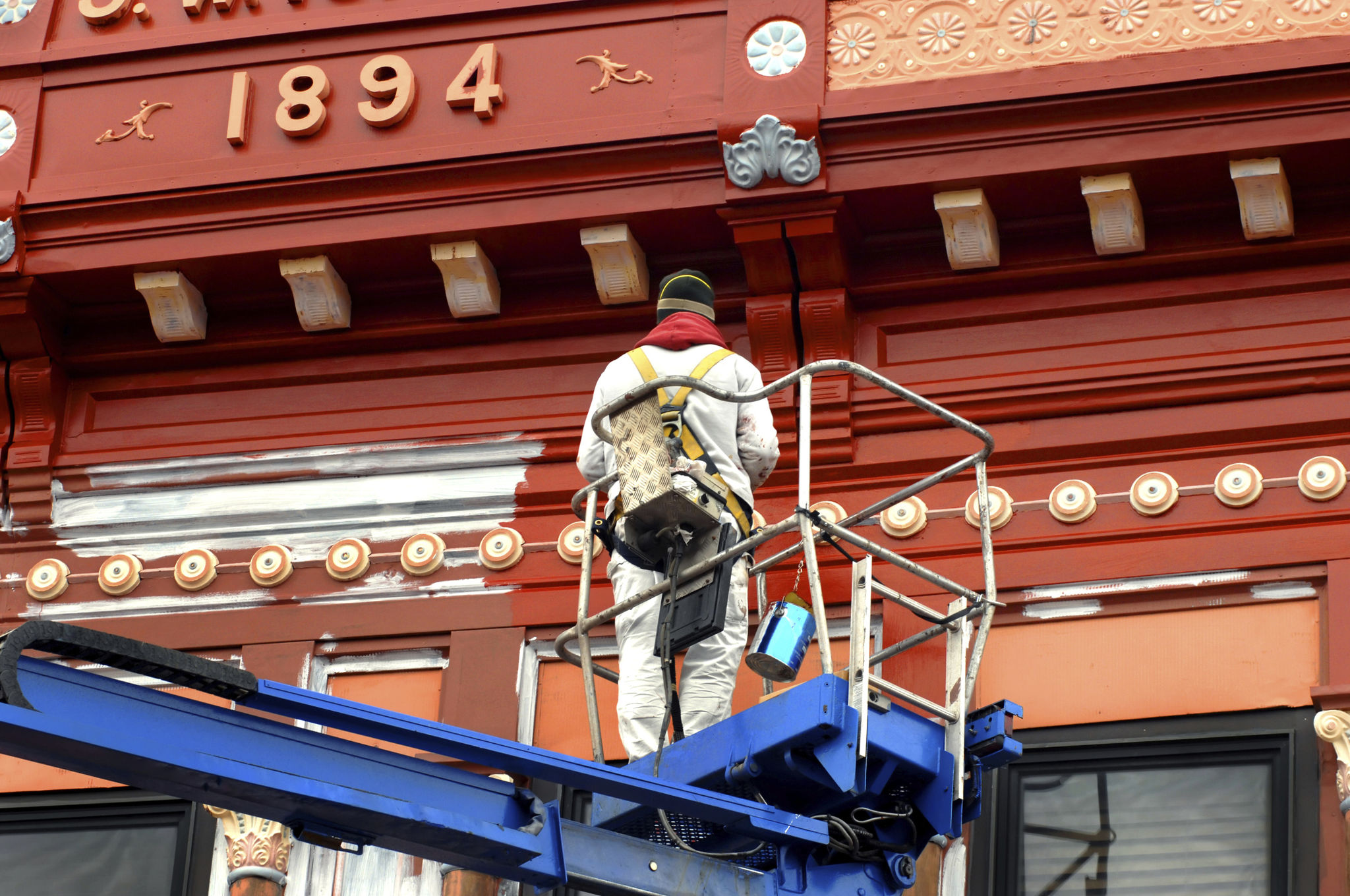Preserving Historic Buildings: Maintenance Tips from the Experts
The Importance of Preserving Historic Buildings
Historic buildings are a tangible link to our past, offering insight into architectural styles and cultural narratives of bygone eras. Preserving these structures is not only about maintaining their aesthetic appeal but also about safeguarding cultural heritage. However, maintaining historic buildings comes with its own set of challenges and requires a specialized approach.

Regular Inspections: The First Step
Regular inspections are crucial to the preservation of historic buildings. Conducting thorough assessments helps identify signs of wear and tear that could potentially lead to significant damage if left unattended. Experts recommend scheduling inspections at least twice a year, focusing on areas such as the roof, foundation, and any wooden elements prone to rot.
During inspections, it is essential to document any changes or damages. This documentation can serve as a valuable reference point for future maintenance efforts and help track the building's condition over time.
Prioritize Structural Integrity
The structural integrity of a historic building is paramount. Over time, materials may deteriorate due to exposure to environmental elements or aging. It is important to address any structural issues promptly to prevent further damage.
- Ensure that the foundation remains stable and free from cracks.
- Inspect the roof for leaks or missing shingles that could allow water ingress.
- Maintain the structural framework, paying particular attention to wooden beams and supports.

Protecting Against Environmental Damage
Environmental factors such as moisture, temperature fluctuations, and pollution can significantly impact the longevity of historic buildings. Implementing protective measures can help mitigate these effects.
For instance, installing proper drainage systems can prevent water accumulation around the foundation. Additionally, using breathable sealants can protect exterior surfaces from moisture while allowing the building to "breathe," preventing trapped moisture from causing internal damage.
Restoration vs. Renovation
Distinguishing between restoration and renovation is crucial when planning maintenance for historic buildings. Restoration aims to preserve and maintain the original appearance and materials, while renovation might involve updating or altering certain aspects.
When undertaking restoration projects, it's important to use materials that match the original as closely as possible. This not only maintains the building's historical integrity but also ensures compatibility with existing structures. Consulting with experts can provide valuable guidance in selecting appropriate materials and techniques.

The Role of Technology in Preservation
Modern technology plays a significant role in preserving historic buildings. Tools such as 3D scanning and modeling can help create accurate representations of structures, aiding in detailed planning for restoration work without compromising the building's integrity.
Moreover, advanced software allows for the simulation of environmental impacts over time, helping predict potential issues and allowing for proactive measures. Utilizing these technologies can enhance traditional preservation methods, ensuring these historic treasures are protected for future generations.
Engaging the Community
Preserving historic buildings is not solely the responsibility of experts; it also involves engaging the community. Raising awareness about the importance of maintaining these structures can foster a sense of pride and ownership among residents.
Hosting educational events, tours, and workshops can help inform the community about the history of their local landmarks and the efforts required to preserve them. Encouraging local involvement can also bring additional resources and support to preservation projects.